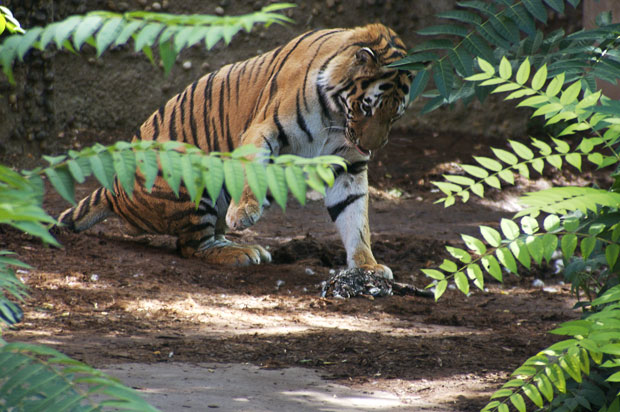Perhaps it’s simply because my grandfather was an architect, but for whatever reason the design of buildings and houses intrigues me, particularly how building design affects the way people relate to each other.
Tuan suggests that even in its most basic form human shelter helps to determine public and private space:
Constructed form has the power to heighten the awareness and accentuate, as it were, the difference in emotional temperature between “inside” and “outside.” In Neolithic times the basic shelter was a round semi-subterranean hut, a womblike enclosure that contrasted vividly with the space beyond. Later the hut emerged above ground, moving away from the earth matrix but retaining and even accentuating the contrast between interior and outside by the aggressive rectilinearity of its walls. At a still later stage, corresponding to the beginning of urban life, the rectangular courtyard domicile appeared. It is noteworthy that these steps in the evolution of the house were followed in all the areas where Neolithic culture made the transition to urban life.
It seems clear that concepts of family and tribe would be influenced by the structure of homes. It would be fascinating to compare and contrast the social life of the Plains Indians, with their small tepees, and the Northwest Indians, where extended families lived in wooden longhouses.
Tuan points out that though the courtyard house evolved in China it has gained a permanent place in society:
The courtyard house is, of course, still with us – it has not become obsolete. Its basic feature is that the rooms open out to the privacy of interior space and present their blank backs to the outside world. Within and without are clearly defined; people can be certain of where they are. Inside the enclosure, undisturbed by distractions from the outside, human relations and feelings can rise to a high and even uncomfortable level of warmth. The notion of inside and outside is familiar to all, but imagine how sensibly real these categories become when a guest-after a convivial party-leaves the lantern-lit courtyard and steps through the moon gate to the dark wind-swept lane outside. Experiences of this kind were commonplace in traditional Chinese society, but they are surely known to all people who use architectural means to demarcate and intensify forms of social life.
I haven’t been in too many houses that have a formal courtyard as described by Tuan, but it’s certainly common to have a backyard that’s sealed off from the neighbors with high fences and lots of trees with the front of the house dominated by a garage.
Despite my own preference for no fences or for cyclone fences, Leslie and I have been creating a very small, private garden in our backyard, one where ighbors aren’t allowed to intrude unless they’re invited over. Leslie wants to create even more privacy by planting large shrubs or trees around the perimeter of the yard.
In the next chapter, though, Tuan points out a significant difference between some American homes and Chinese homes :
Open space itself is an image of hopeful time. Open space is cone-shaped: it opens up from the point where one stands, to the broad horizon that separates earth from sky. Many American homes have large picture windows. A guest, upon entering his host’s home, may go straight to the picture window and admire what lies far beyond the house. The host is not displeased. After all, the guest is admiring his prospect, and prospect means both a broad view and future promise. A traditional Oriental home, in contrast, has no picture windows; the rooms look inward to the interior courtyard, and the only expanse of nature visible to the inhabitants is the overarching sky. The vertical axis, rather than the open horizontal space, is the symbol of hope.
As noted before, many of my neighbors further up the hill have paid millions of dollars for houses that have great views of the sound and Mt. Rainier and/or The Olympics. I’d never quite thought of it the way Yuan suggests here, but it does make perfect sense, except for those houses owned by retired people who have great wealth but not much future. Still, majestic views are definitely a status symbol in Western society, though I’d generally thought of it as a way of “looking down�? at other people before reading Yuan’s suggestion.

